
Comment minimiser les risques et accélérer la mise sur le marché des dispositifs médicaux numériques ?
www.capgemini.com
April 1, 2024, 10:13 a.m.
« Défaut logiciel », « envoi de fausses alertes », « erreur de firmware », « erreur de connexion », « bugs » « capteur défectueux », « vulnérabilités de cybersécurité »… La liste des produits rappelés par la FDA en raison de leur logiciel est éloquente. Chaque fois, pourtant, on devine aisément comment les choses se sont passées : des équipes qui n’ont pas compté leurs heures pour concevoir et fabriquer le nouveau dispositif, une assurance qualité qui a tout examiné minutieusement, des ajustements jusqu’à la dernière minute, l’euphorie, enfin, lorsque le travail a semblé achevé… Et pendant tout ce temps, quelque part, subsistait une imperceptible faille qui a réduit tout ces efforts à néant, compromettant la sécurité du système et soulevant du même coup la question des responsabilités.
Share on

Doctors have started prescribing a new medical treatment: a walking app
thenextweb.com
March 4, 2024, 7:39 a.m.
Sustainable activity startup Walk15 is launching a steps prescription pilot with the Šeškinės clinic in Vilnius
Share on

Zocdoc Launches Tool To Help Connect Patients to the Right Providers
medcitynews.com
March 3, 2024, 5:24 p.m.
About 57% of patients have gone to a doctor’s appointment to discover that the provider was not the right one for their condition, according to new research from Zocdoc. Because of this, the company launched a new tool called Guided Search that helps pair patients with the correct provider.
Share on

Health Executives Are Implementing Digital Health, But Aren’t Seeing ROI Yet
medcitynews.com
Feb. 17, 2024, 2:07 p.m.
A new EY survey found that while 86% of health executives say that digital health solutions have the potential to reduce costs, 70% said they haven’t seen a return on investment so far.
Share on

Which Digital Health Startups Shined the Brightest in 2023?
medcitynews.com
Dec. 24, 2023, 3:24 p.m.
CB Insights released a list of what it deems to be the 50 most promising digital health companies of 2023. The market research firm said that the startups on the list are working to improve four main aspects of healthcare: personalization, efficiency, equity and accessibility.
Share on

Using LoRa to Close the Digital Health Divide
blog.adafruit.com
Dec. 24, 2023, 3:23 p.m.
Researchers at the University of Arizona are trying to close the digital healthcare gap with their new wearable device. The device can send health data up to 15 miles, without any significant infrastructure.
Share on

Facilitators, Barriers to Implementing Dynamic Consent in Digital Health
www.ajmc.com
Dec. 24, 2023, 3:22 p.m.
“Regarding the ethical obligation of consent in digital health, respect for individuals, with an emphasis on their right to autonomy and self-determination, is fundamental to ethical medical research and practice,” the researchers of the study wrote. “While conventional consent practices have been historically accepted, they have struggled in rapidly evolving digital health environments.”
Share on

Digital health leaders discuss their biggest takeaways from 2023
www.mobihealthnews.com
Dec. 24, 2023, 3:21 p.m.
Execs overwhelmingly cite genAI as having the most significant impact in healthcare this year, though others provide alternative takes on the years' events.
Share on
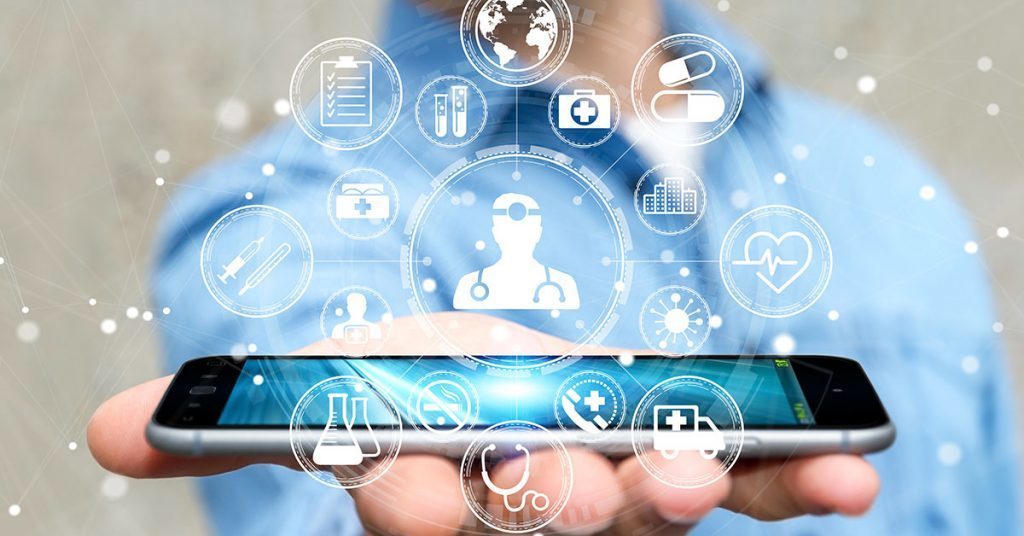
5 Ways Smartphones Can Improve Clinical Trials
www.medgadget.com
Dec. 20, 2023, 6:39 p.m.
Smartphones offer us incredible new opportunities for implementing efficient clinical research trials. They allow researchers to simplify complexities that have traditionally surrounded clinical research with tools that are now easily accessible to both practitioners and patients. Smartphones can be used to gather critical information from an enrolled patient including factors such as weight, blood pressure, glucose levels, and more. Not only can smartphones be used to automate and speed up information entry, they offer ways to improve the methodology and accuracy of research.
Share on

Apnée du sommeil : le remboursement conditionné à l’observance
www.jim.fr
Dec. 20, 2023, 6:04 p.m.
Un arrêté publié au Journal officiel le 16 janvier fixe les nouvelles conditions de prise en charge de l’appareil de pression positive continue (PPC). Les dispositifs que reçoivent désormais les patients souffrant d’apnée du sommeil sont équipés d’un système de télésurveillance qui permet de mesurer le temps d’utilisation de la machine. Il faudra que le malade y ait recours au moins trois heures par tranche de vingt-quatre heures pendant vingt jours pour pouvoir prétendre à sa prise en charge (tous les nouveaux patients sont concernés et tous le seront d’ici 2016). Si au bout de trois mois, il est constaté une sous utilisation du dispositif, le remboursement sera diminué de moitié et interrompu totalement à la fin du cinquième mois.
Share on

Faire rimer remboursement et observance : une histoire à dormir debout pour le Conseil d’Etat
www.jim.fr
Dec. 20, 2023, 6:02 p.m.
Deux arrêtés datés du 9 janvier et du 22 octobre 2013 avaient fixé les nouvelles conditions de prise en charge des appareils de pression positive continue (PPC). Grâce à un système de surveillance équipant tous les nouveaux appareils et destiné à être mis en place auprès des patients dès 2016, l’utilisation par le malade du dispositif devait être contrôlée. Il était prévu que pour pouvoir prétendre à sa prise en charge, le patient y ait recours au moins trois heures par tranche de vingt-quatre heures pendant vingt jours. Si au bout de trois mois, il était constaté une sous utilisation du dispositif, le remboursement aurait dû être diminué de moitié et interrompu totalement à la fin du cinquième mois. Le patient aurait dû alors s’acquitter seul du paiement des 20 euros par semaine. Cette solution était destinée à apporter une réponse à un phénomène suspecté depuis longue date : on estime qu’au moins 20 % des patients sous PPC n’utilisent pas correctement leur appareil, ce qui suscite une dépense « non justifiée » de 80 millions d’euros par an par l’Assurance maladie.
Share on

Santé multiconnectée, quelles perspectives d’ici 2030 ?
www.orange-business.com
Dec. 20, 2023, 5:50 p.m.
Téléconsultations, appareils médicaux connectés, dossiers patients dématérialisés : la multiconnectivité est aujourd’hui indissociable de l’e-santé. Demain, la combinaison de réseaux robustes et d’outils de data intelligence permettra d’améliorer encore davantage le suivi patient. Tour d’horizon des grandes tendances e-santé.
Share on

Toward a fully integrated ICU with Clinomic and Enovacom
www.enovacom.com
Dec. 20, 2023, 5:50 p.m.
Founded in 2019 by three intensive care professionals, Clinomic is a German company specialized in smart solutions for acute and critical care. In just a few years, Clinomic has improved the daily lives of caregivers in Europe thanks to its various innovations, especially in the field of telemedicine and digitization of care.
Share on

Accelerating the clinical trial process with new partnership between AIMES and
www.enovacom.com
Dec. 20, 2023, 5:47 p.m.
Through the collaboration, Enovacom technology automatically integrates patient data from multiple hospital and healthcare IT systems into a cloud-based data safe haven, using a trustworthy research environment hosted by AIMES. This virtual data repository saves hundreds of hours of NHS clinical research staff time by using streamlined data flows to make access easier and quicker, and removing the need for manual data sharing.
Share on
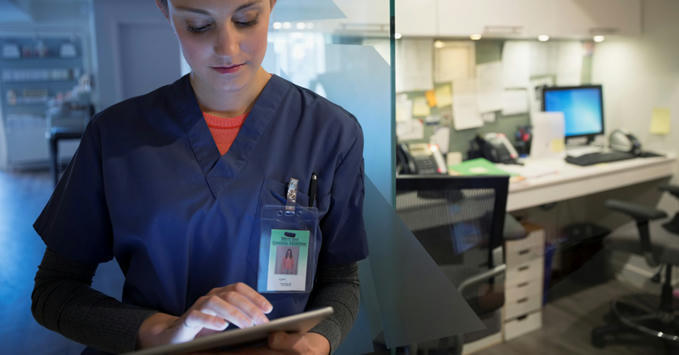
Orange Healthcare accélère dans la e-santé
www.orange-business.com
Dec. 20, 2023, 5:45 p.m.
Dès aujourd’hui, les activités B2B d’Orange Healthcare sont transférées au sein d’Enovacom. Fort d’un effectif de 250 personnes, ce pôle unique permet d’accélérer les synergies et d’accompagner le virage numérique de la Santé. Avec un siège social Marseillais, ce regroupement s’intègre également dans la volonté du Groupe de renforcer ses activités stratégiques en région, au plus près des acteurs des territoires et des talents. Un plan de recrutement ambitieux accompagne cette transformation.
Share on
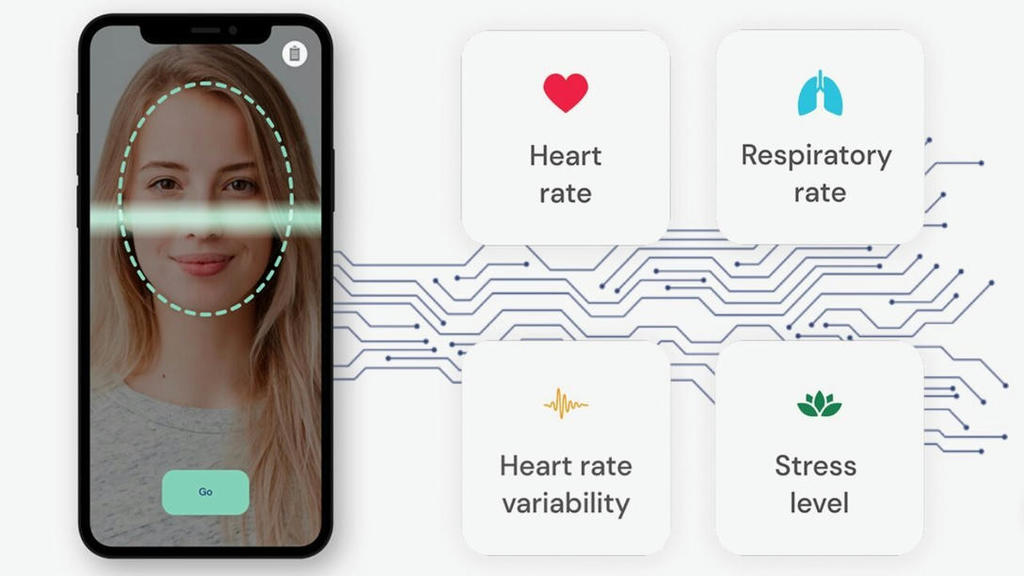
French medtech startup i-Virtual secures €3M for measuring vital signs through video selfies
tech.eu
Dec. 13, 2023, 9:58 a.m.
This is the first CE-certified Medical Device tech, to use a video selfie to measure vital signs for telemedicine, health prevention, and overall well-being.
Share on
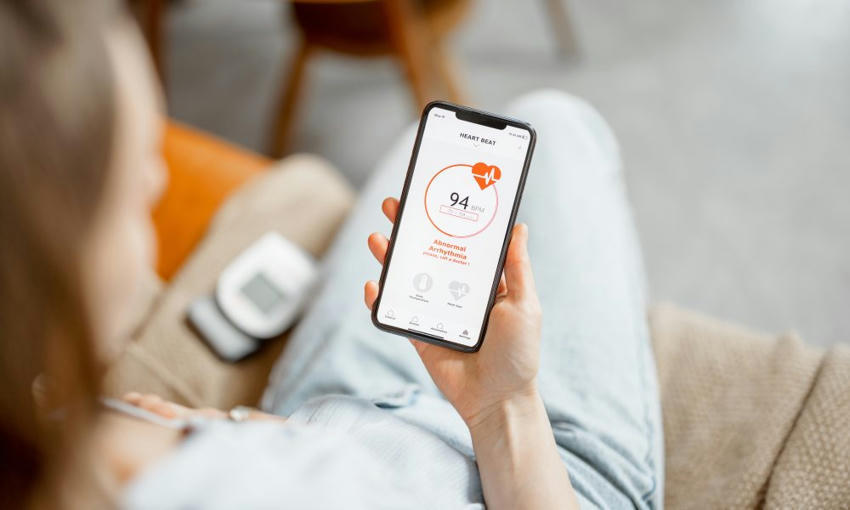
Wearable communication system may reduce digital health divide
www.htworld.co.uk
Dec. 9, 2023, 5:39 p.m.
The system the researchers developed uses a low power wide area network, or LPWAN, that offers 2,400 times the distance of Wi-Fi and 533 times that of Bluetooth. The new system uses LoRa – a patented type of LPWAN technology.
Share on
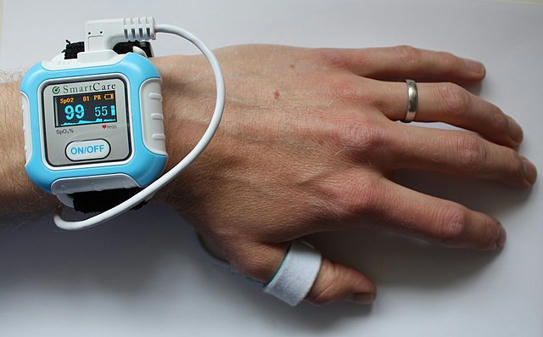
Reducing the digital health divide with novel wearable communication system
www.digitaljournal.com
Dec. 9, 2023, 5:38 p.m.
Many wearables currently require significant infrastructure – such as satellites or arrays of antennas that use cellular signals – to transmit data. Consequently, such devices are inaccessible to rural and under-resourced communities. To address this aspect of the digital health divide, University of Arizona researchers have set out to change that with a wearable monitoring device system that can send health data up to 15 miles – much farther than Wi-Fi or Bluetooth systems can – without any significant infrastructure.
Share on
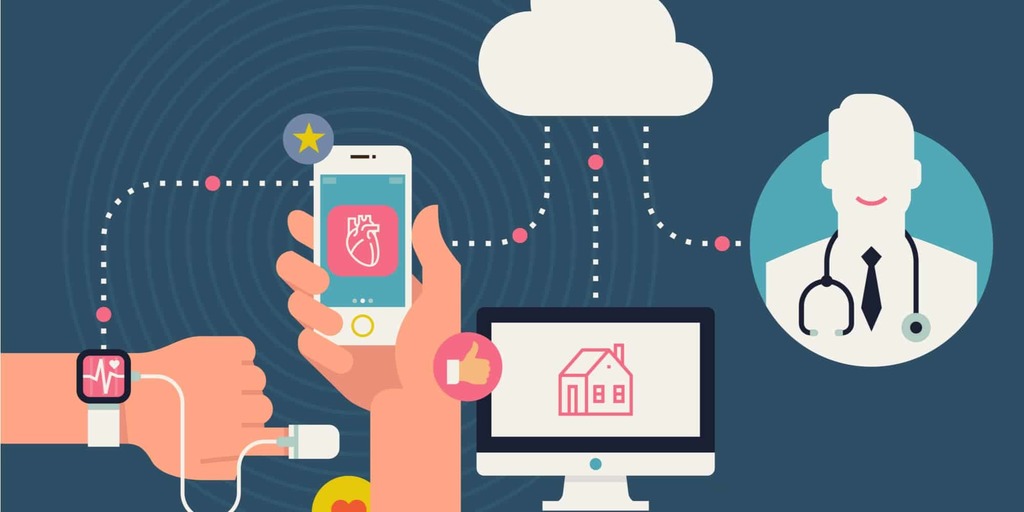
50 most promising digital health companies
www.beckershospitalreview.com
Dec. 9, 2023, 5:37 p.m.
CB Insights released its "Digital Health 50" 2023 report Dec. 5 featuring private digital health companies worldwide that have the most potential. These companies are actively developing innovative tools tailored for use by clinicians, healthcare institutions, payers and life sciences entities.
Share on
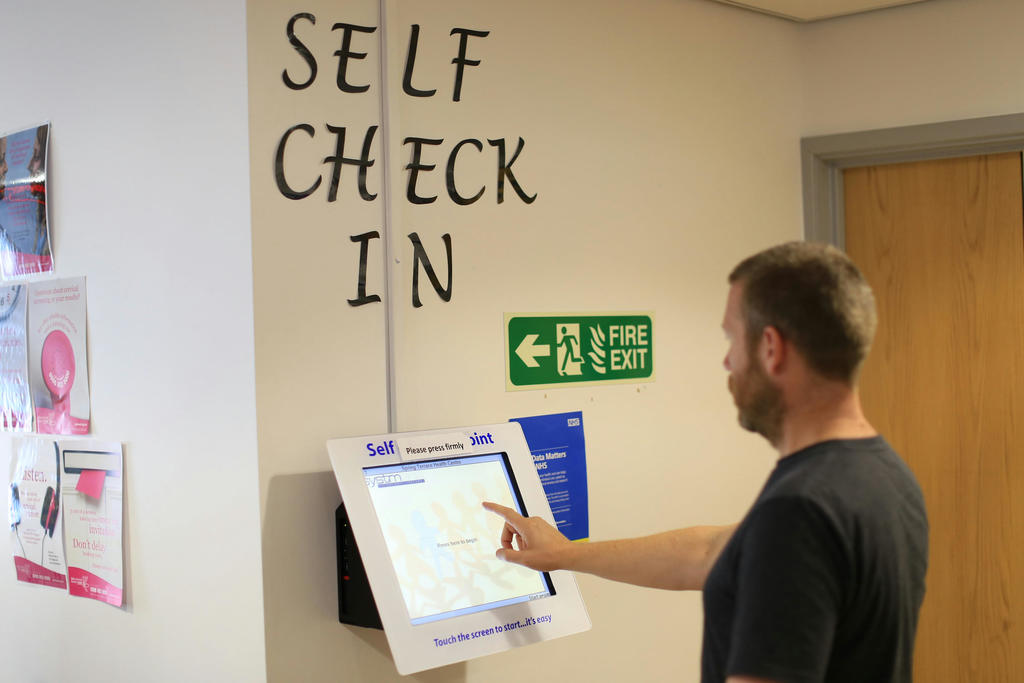
Exploring public attitudes towards the use of digital health technologies and data
www.health.org.uk
Dec. 9, 2023, 5:35 p.m.
Overall, the public thinks technology improves the quality of health care and is supportive of its many possible uses. But not all technologies are equally liked: those that empower people to manage their health and better connect them with the NHS seem to be more popular, while those that could be seen to ‘come between’ the clinician and patient – like chatbots or care robots – are least popular.
Share on